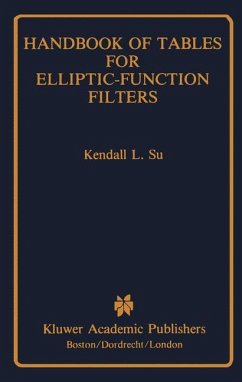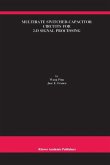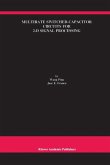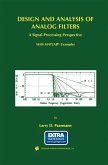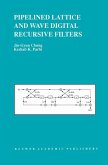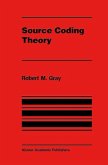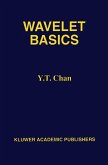This handbook is inspired by occasional questions from my stu dents and coworkers as to how they can obtain easily the best network functions from which they can complete their filter design projects to satisfy certain criteria. They don't need any help to design the filter. They need only the network function. It appears that this crucial step can be a bottleneck to designers. This handbook is meant to supply the information for those who need a quick answer to a simple question of this kind. There are three most useful basic standard low-pass magnitude characteristics used in filter design. These are the Butterworth, the Chebyshev, and the elliptic characteristics. The Butterworth charac teristic is maximally flat at the origin. The Chebyshev characteristic gives equal-ripple variation in the pass band. The elliptic character istic gives equal-ripple variation in both the pass band and the stop band. The Butterworth and the Chebyshev characteristics are fairly easy to use, and formulas for their parameters are widely available and fairly easy to apply. The theory and derivation of formulas for the elliptic characteristic, however, are much more difficult to handle and understand. This is chiefly because their original development made use of the Jacobian elliptic functions, which are not familiar to most electrical engineers. Although there are several other methods of developing this characteristic, such as the potential analogy, the Chebyshev rational functions, and numerical techniques, most filter designers are as unfamiliar with these methods as they are with the elliptic functions.
Hinweis: Dieser Artikel kann nur an eine deutsche Lieferadresse ausgeliefert werden.
Hinweis: Dieser Artikel kann nur an eine deutsche Lieferadresse ausgeliefert werden.

